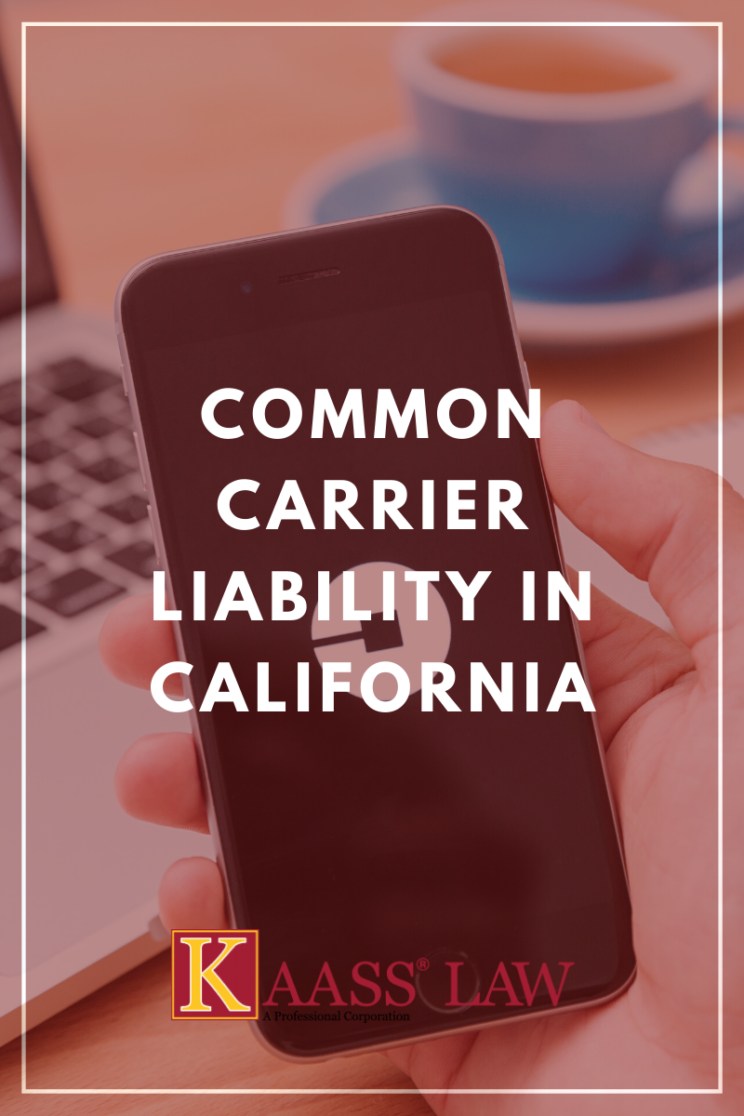What is a Common Carrier?
A common carrier is an individual or business that advertises to the public that it is available for hire to transport people or property in exchange for a fee. A typical example of a common carrier is Uber or Lyft services.
What are the Responsibilities of Common Carriers?
A common carrier must exercise the utmost care and be careful so as to protect their passengers on board. Additionally, the driver of Uber/Lyft ride is responsible to warn fellow passengers should there be any potentially dangerous condition they know of that may harm the passengers on board. For example, an Uber driver should warn their passenger if one of the seatbelts in the car is not properly working so that the passenger may use another seatbelt instead.
What Are Some Examples of Common Carrier Responsibilities?
Common carrier responsibilities ensure the safety of passengers as well as others that are sharing the road. Some examples of common carrier responsibilities include:
- Treating passengers with civility.
- Providing a safe vehicle that is fit for the duties set forth to perform.
- Warning passengers of known dangers that exist in the type of vehicle they are operating.
- Giving passengers proper accommodations including a place for the disabled or elderly to sit.
- Driving in a safe manner.
- Screening and ensuring proper training for their employees.
Can a Common Carrier be Held Liable for the Passenger’s Injuries?
A common carrier can be held liable for injuries sustained by a passenger. The idea here is that when an individual becomes a passenger in an Uber or Lyft, the passenger is essentially putting themselves under the Uber or Lyft driver’s control. Thus, the driver of Uber or Lyft has a special duty of care towards the passengers that board Uber or Lyft. Typically, proving negligence of a common carrier means showing that the Uber or Lyft driver violated the law or by showing that the driver failed to act reasonably in using care and diligence expected of a cautious Uber or Lyft driver.
Uber/Lyft Accident Attorneys
If you or someone you know has been injured in an Uber or Lyft ride, contact our Los Angeles UBER accident lawyer at (310) 943-1171. Our attorneys can provide you with any sort of legal assistance you require.

